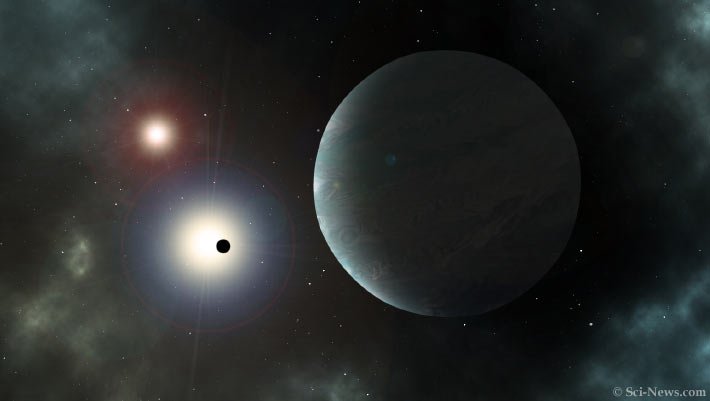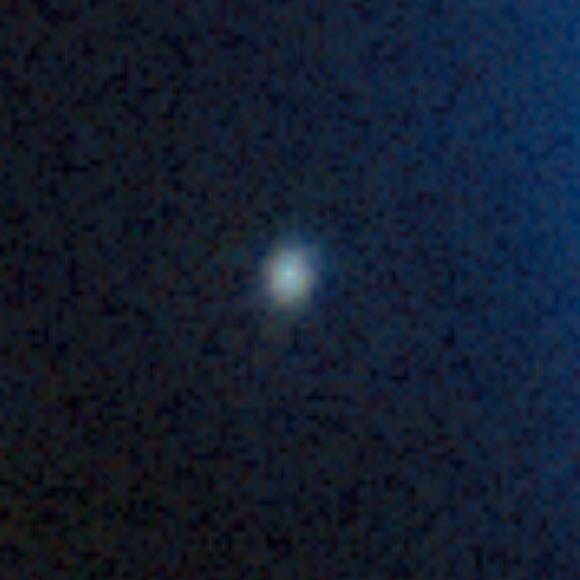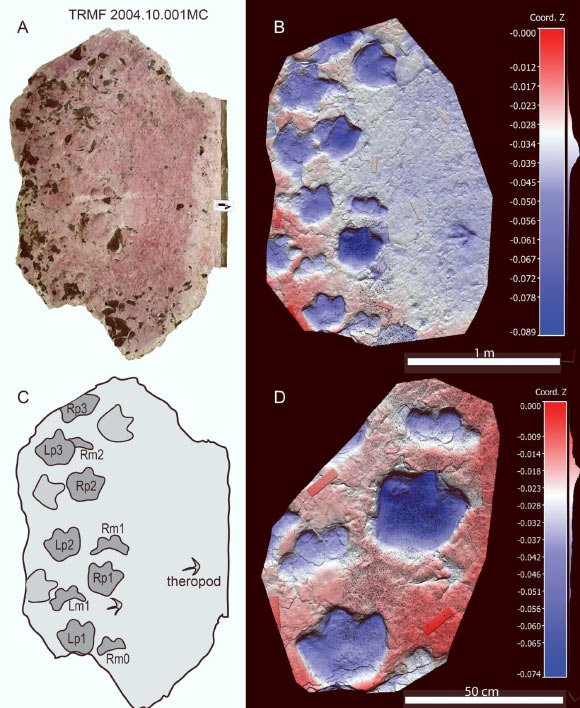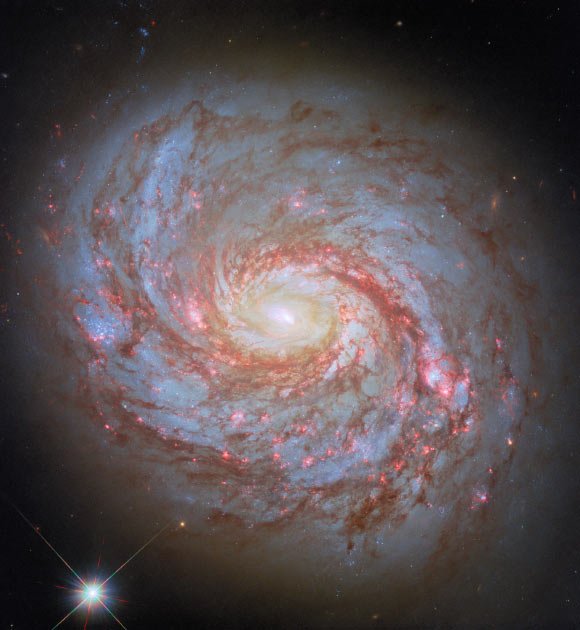Using advanced statistical modeling, a team of researchers from ETH Zurich, SETI Institute, the Università di Roma ‘Tor Vergata’ and the University of Belgrade explored how many exoplanets astronomers should observe and understand before declaring that life beyond Earth is either common or rare.

Future telescopes will survey temperate, terrestrial exoplanets to estimate the frequency of habitable or inhabited worlds. Angerhausen et al. aimed to determine the minimum number of exoplanets required to draw statistically significant conclusions, particularly in the case of a null result (i.e., no detections). Image credit: Sci.News.
In science, sometimes, even not finding something can yield important insights.
When scientists search for life on exoplanets, they often focus on specific features, such as signs of water or gases like oxygen and methane, that might indicate biological activity.
But what happens if scientists don’t find any of these features? Can we still learn something meaningful about how common life might be in the Universe?
“Even a single positive detection would change everything — but until then, we need to make sure we’re learning as much as possible from what we don’t find,” said study first author Dr. Daniel Angerhausen, a researcher at ETH Zurich and SETI Institute.
The new study shows that if scientists examine 40-80 planets and find no signs of life, they can confidently conclude that fewer than 10-20% of similar planets harbor life.
However, this depends heavily on how certain we are about each observation.
Such a finding would enable scientists to put a meaningful upper limit on the prevalence of life in the Universe, which hasn’t been possible to date
Further, if even only 10% of planets in the Milky Way alone have some form of life, that could still be 10 billion planets or more.
“This kind of result would be a turning point,” Dr. Angerhausen said.
“Even if we don’t find life, we’ll finally be able to quantify how rare — or common — planets with detectable biosignatures really might be.”
The findings have direct implications for upcoming missions like NASA’s Habitable Worlds Observatory (HWO) and the European-led Large Interferometer for Exoplanets (LIFE).
These missions will study dozens of Earth-like planets by studying the planets’ atmospheres for signs of water, oxygen, and even more complex biosignatures.
According to the study, the number of planets observed will be large enough to draw significant conclusions about the prevalence of habitability and life in our galactic neighborhood.
However, the study also points out that even with advanced instruments, these surveys will need to carefully account for uncertainties and biases and derive frameworks to quantify them to ensure their results are statistically meaningful.
One key insight from the study is that uncertainties in individual observations — such as false negatives — can significantly affect the conclusions.
“It’s not just about how many planets we observe — it’s about how confident we can be in seeing or not seeing what we are searching for,” Dr. Angerhausen said.
“If we’re not careful and are overconfident in our abilities to identify life, even a large survey could lead to misleading results.”
The study appears today in the Astronomical Journal.
_____
Daniel Angerhausen et al. 2025. What if We Find Nothing? Bayesian Analysis of the Statistical Information of Null Results in Future Exoplanet Habitability and Biosignature Surveys. AJ 169, 238; doi: 10.3847/1538-3881/adb96d











